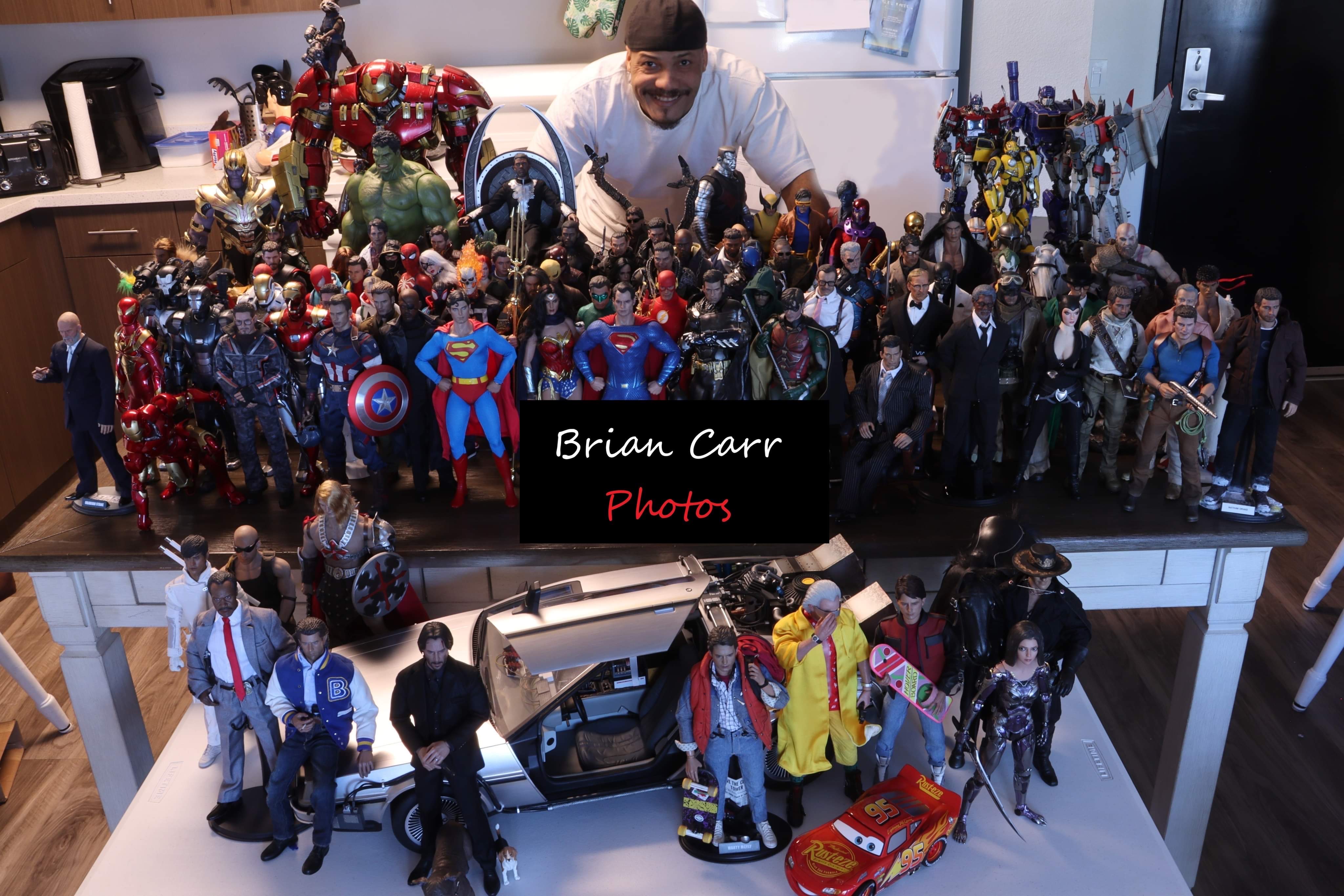Artist of the Month - May 2022 - Brian Carr, Toytographer
Jun 26, 2022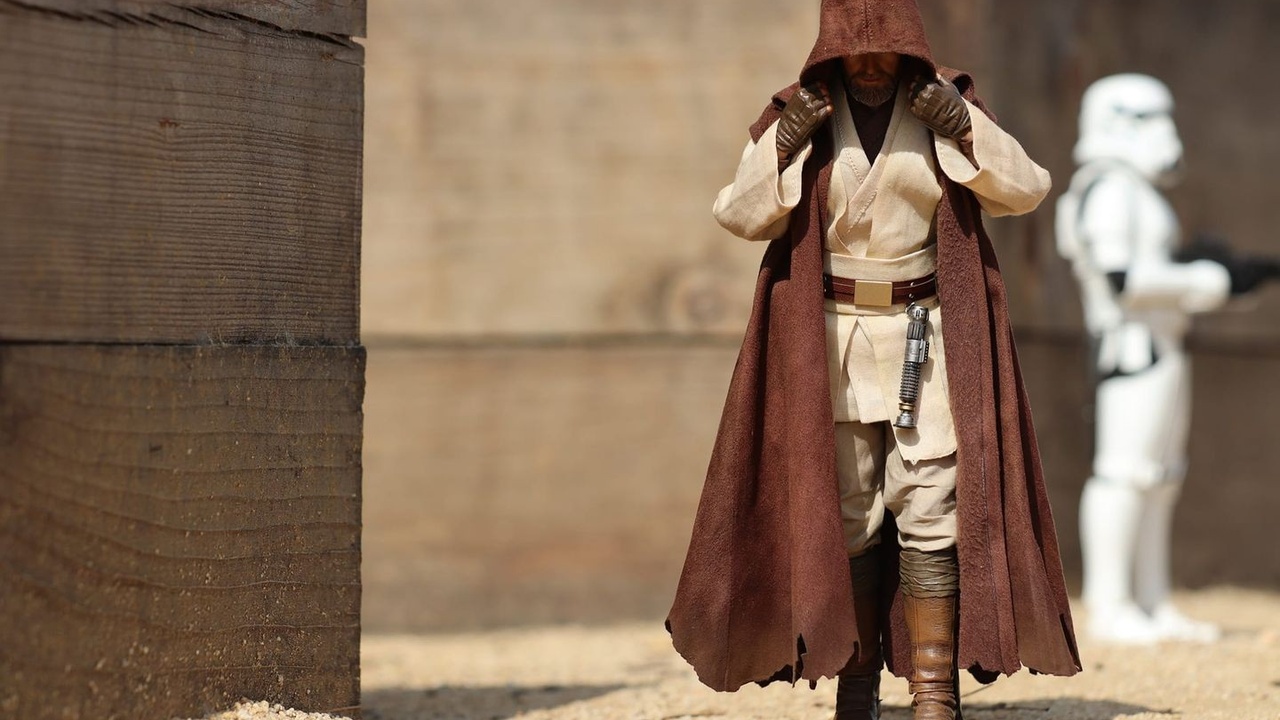
Amazing. It’s the word Photo Mentor Lee Love and I have been tossing back and forth, sometimes in unison, day after day. Or, at least each day Brian Carr, May 2022 Artist of the Month Award winner, posts one of his photographs in the Photo Mentor Academy Private Facebook Group.
Brian’s work is full of surprises and the moods he creates often zap you at first glance with a reaction of some sort. Sometimes he’s dark and intense, using dramatic angles and lighting to foreshadow mystery or instill fear.
In other cases, you’ll feel a smile creeping from the corners of your mouth, glued there. Because within these lighter story designs bringing life-like toy-starring subjects alive, Brian seems to pull that unending smile right out of you!
And one of my personal favorites in Brian Carr’s massive and intimate collection of work is the whimsical giggle-worthy pieces he crafts, like this character below, on finding the treasure he’s seeking, “Waldo” himself.
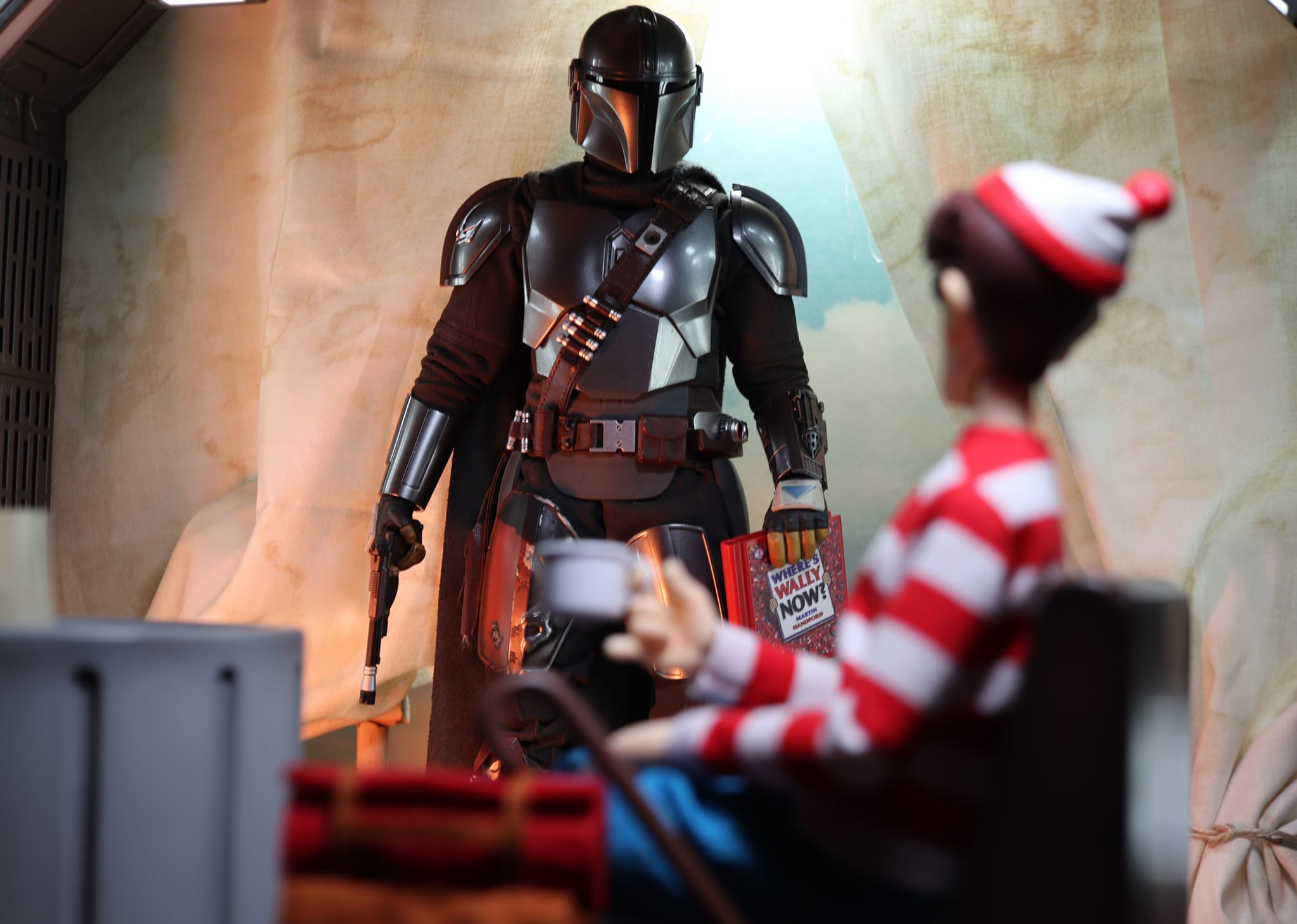
The tiny details, like adding the small book (obviously leading to Waldo) to the scene, reveal the thought and care Brian delivers with the many “toy stories” he conveys with his often life-like “models” and one-of-a-kind photography.
Also, significantly, Brian rarely uses Photoshop, and again, amazing is the word. Or wow. To create photography with a no post-processing mindset is the ultimate level of artistry from an organic perspective. Mastering the frame and understanding how to achieve and create the photograph you want by controlling the elements of the image is something Lee covers often.
Like nearly every post regarding photography, Lee’s favorite topic rises to the top; lighting is the key, and something Brian greatly respects, practices, studies.
The lesson is how Brian's thoughtful time and the care he gives to each concept he develops ends in awe for viewers. His plot to tell stories that jerk the senses begins before a camera is ever touched.
It’s about the lighting, the sets, the themes, the mood, and the characters. It involves contemplating styling, colors, positioning, and backgrounds.
The tiny details. Proportion and depth of field. The props.

How Brian Became a Toytograpgher
It seems Brian’s inclination toward shooting toys started from an earlier joy found in comic books, photography, and video games. In the end, the three rolled together to bring him to where he is today. The unique space Brian finds himself in wouldn’t be the same had it not been for this explosive mix of interests and talents.
Now living in Carson, California, Brian was born and grew up in LA, and in high school took a photography class “just to get the credits!” He’s pretty sure he got hooked then, but in 2006 he really started “doing” photography. It cracks him up thinking about taking his roll of film to the FotoHut and waiting for photos to develop. But, it also makes him appreciate all the more the tools we now have at our fingertips.
Here’s the crazy part, it was his job of testing video games (yes, testing video games for a living) that accidentally sent him into the wide, wonderful world of Toytography!
It’s as if all the stars lined up in his favor, and things just transpired. It’s a kind of freaky story.
It starts with a temporary layoff, too much time on his hands, a digital camera, and an affinity for photography. Oh, and the magic last piece. The toys.
Yep, the first set of figures (6”) he discovered (he saw them in a store and bought each one in the collection) was a set of character figures from a video game he played from Nintendo through PlayStation1 and loved.
He just loved the details in the figure line, the characters, and the game!! The figures were cool. This story was all about stealth, he says, and learning to be patient. Brian was intrigued, and he says his love of toys began then.
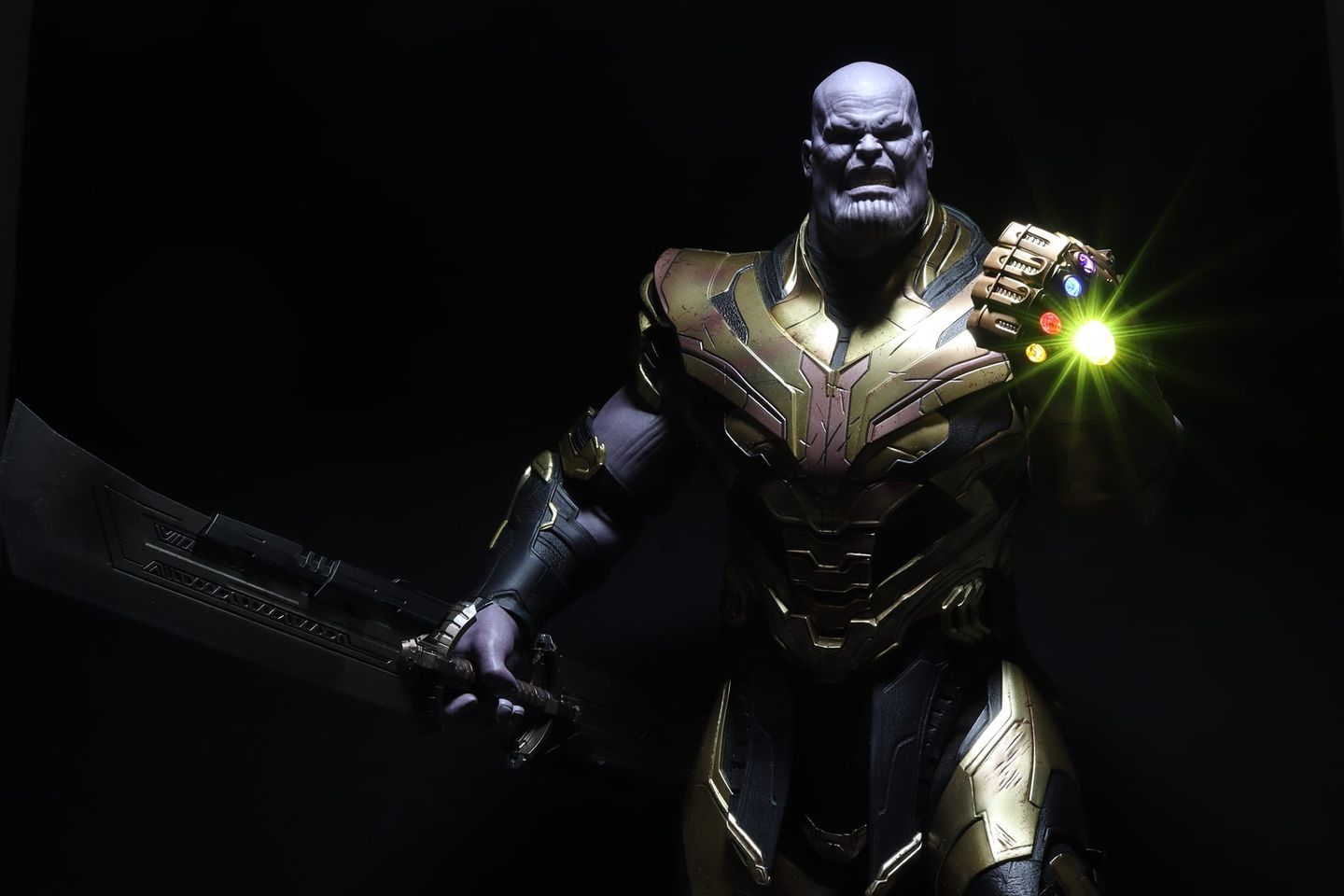
Graduating From 6 to 12 Inch Figures Made a Lot More Possible
But for photography, this first set, as intriguing as can be, was pretty small and extremely hard to work with.
The most remarkable set that seriously ignited the fire in him was based on a game called StreetFighter.
“Those toys were the most unique because you can really pose them; they came with accessories like one character who came with a fireball effect prop. And then some of the characters had different heads with different facial expressions,” he gushes.
It was thinking about how he could pose them and use the cool accessories that started Brian’s journey into the looking glass of Toytography. The accessories and idea of bending the figures into poses for stories changed absolutely e v e r y t h i n g! He’s been hooked since.
“When I get a new toy, the first thing I do is start bending the arms and bending the legs and seeing how I can use it!” ~Brian Carr, Toytographer
Thoughts of posing lead to scene dreams and then to the idea of action and what story to tell. The imagination gets rolling, and pretty soon, a two-dimensional photo takes a three-dimensional spin.
The realism Brian delivers from his imaginative vision sparks awe and surprise in people, yet I’m not sure it’s evident how much detail, thought, and pre-planning it takes to make these dream scenes come to life before our eyes.
Everything he produces looks so natural and effortless. But there are a lot of pain-staking elements and tiny details as Brian explains the multitude of components to consider for every shot and design.
It’s not just bending and posing of figures, settings, mood, props, facial expressions, or lighting—especially lighting! But, it’s the combination of all these many (often tiny) details together.
It’s the genius vision before a camera is touched.
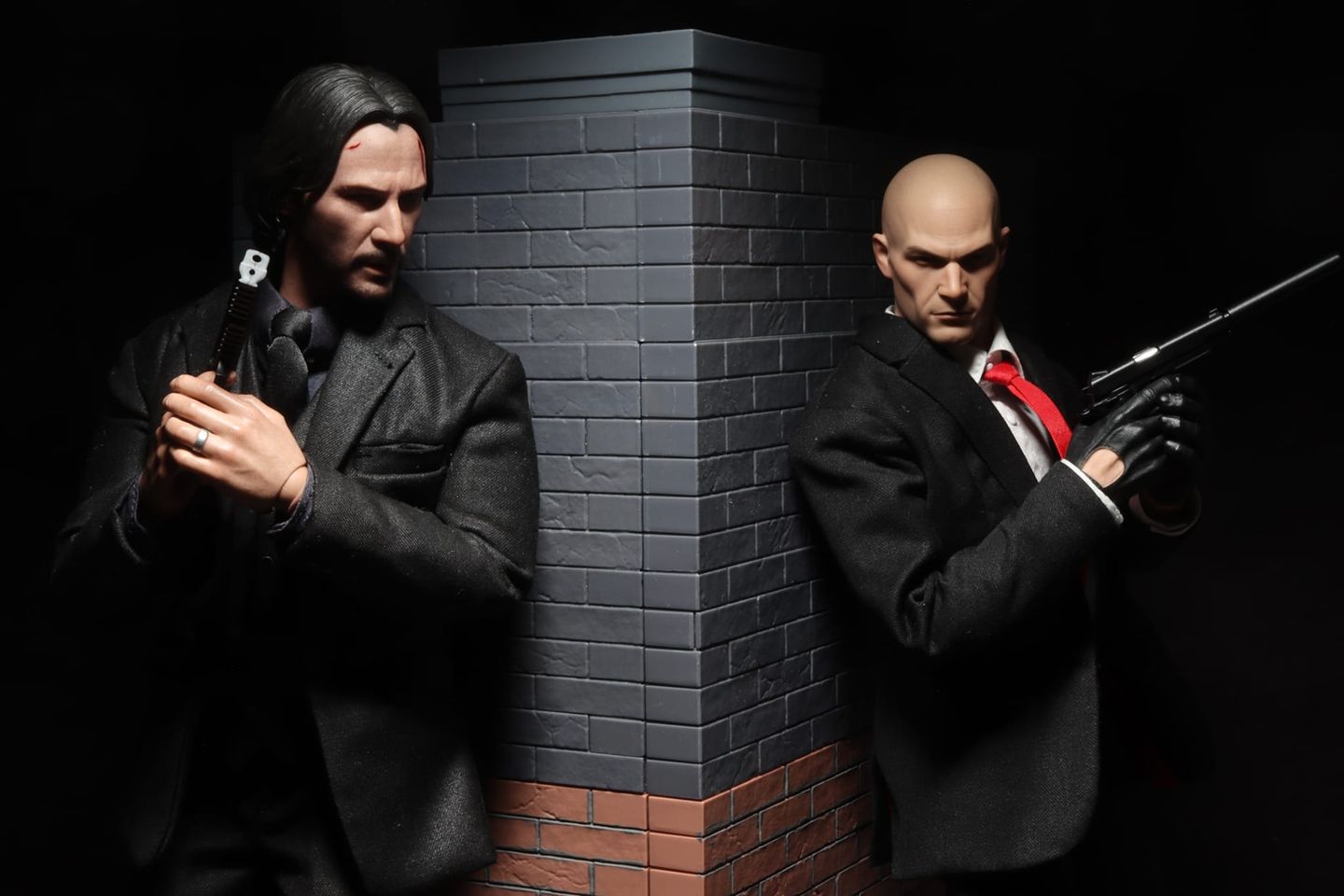
A Spirit of Sharing
You can feel Brian’s joy in his genre with everything he shares about it in this interview. He also has a lot more to share and does exchange ideas and educate fellow photographers, especially after going all-in around 2019.
His enthusiasm is infectious.
Brian talks about how adults lose their sense of play and how important it is to him to remind us of the wonder of our imagination, and he hopes to spark the power of play in you by seeing his work. Or maybe just coax a smile of memory of your favorite younger day heroes.
He tells delightful stories of his play with his children influencing stories he turns into incredible Toytography! Not only is his family a part of the idea-generating machine that is Brian Carr, but they are also his first testing ground, he explains.
If his trusty family doesn’t give the seal of approval, it’s back to the drawing board to refine the idea or the shot to make it better. Their reactions, he mentions, tell him everything. “Kids, he says, “will tell you exactly how they feel or what they think.”

And it’s from people's reactions that Brian’s career in professional photography, specializing in Toytography, jumped ahead!
Remember that layoff to get him started out of sheer boredom? Well, it lead to Brian creating a story out of the scenes he designed and shot and uploading them into a comic book framework, mimicking the comic books he grew up on and incorporating his gaming and photography love and experience into one genuinely cool and unique package.
When Brian shared his layoff “hobby” with a few co-workers, the demand for more began!
Power in the Niches
Every week, his comic book/photography/toy character stories were anticipated by his “fans,” leading to an online photo/comic series with weekly updates and a growing community. Talk about a user-centric product!
Since then, Brian has been expanding and learning. He shares techniques with other toy photographers but expresses how difficult it is to break into the world of toy company photography as a role. He laughs, saying, the last contact he asked about how to get into photography for a particular toy company told him this, “Honestly, the toy photography department is full right now, and the thing is, every photographer who’s there, loves working for the company.”
Still, the stories Brian skillfully creates in his toy model-based images are inspiring and memorable. He wholeheartedly and seriously takes on the matter of breathing life into inanimate objects; Brian says, “I see it myself—the life I’m trying to put into it. From far away, I think these are actually toys; they’re so small. But when I’m up close and right up in it, I see the life I’m trying to bring out.”
“Showing depth-of-field is one of the ways you can really place yourself in that picture,” explains Brian, “and posing. I spend a lot of time figuring out how to get the poses just so, and sometimes I have to get creative to make them work right.”
When I ask about whether he has a vision in his head before creating backdrops for his scenes and stories, he tells delightful tales of ideation through play. He talks about how he inspires his son’s play as much as his son inspires through his play, ideas, or insights, for Brian to run with, too!

The Power in the Details
The main thing photography taught him, he shares, is “to learn to use my imagination.” he further explains how many of his peers try to recreate scenes from a movie or game. But Brian feels sure he’d prefer to take his characters to new places, other places, unexpected places, even.
But he also blows my mind with the multitudes of picky details, tricks he uses to make the character poses or settings work, and how much time and care goes into prop investigation and more for each shot. For this, Brian is sometimes jumping way out of the box!
He also keeps up with the massive details for the perfect settings he designs in a couple of ways.
“I’ll write down ideas on a whiteboard when I don’t have time to work on them right away, but sometimes I shoot off the cuff, like if I suddenly see a certain sunset. But for the more detailed photos, like the ones in the bat cave, for example, I have to plan out every detail and create whiteboards filled with all the details, so I have everything I need in place.”
He has funny stories about borrowing his kids’ toys to use as backdrops, and like Crystal, the whole family is part of the creative team in many ways. He tells me about scavenger hunt-like adventures trying to gather all the intimate pieces and features to make his quality-intense images.
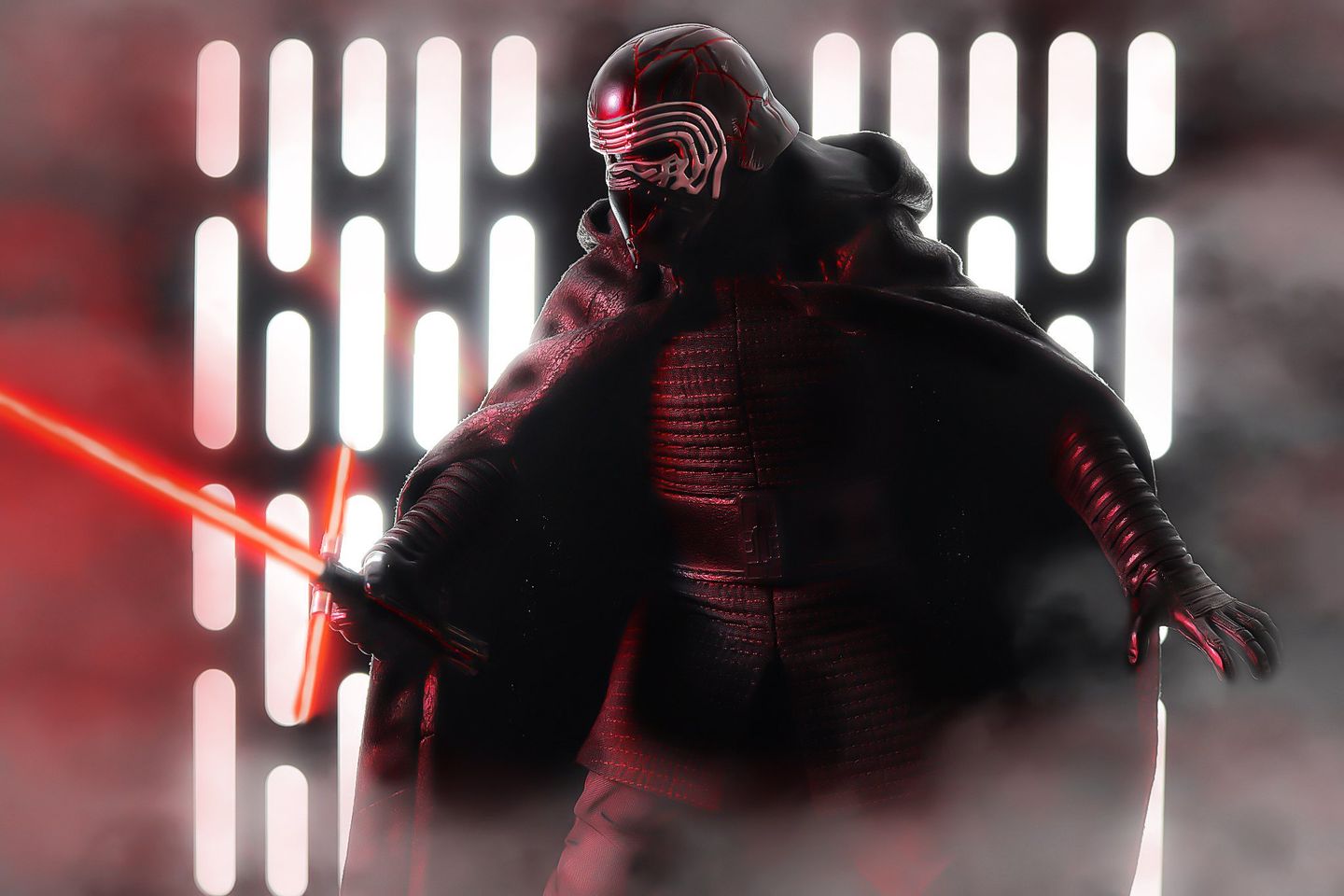
Brian Carr Photo with Crystal Rivera Post-Processing
Brian even reveals this fun tip, saying one secret trickery he uses is canned air to create movement or wind to make a cape fly or the tumbleweeds tumble in a background.
One core technique he thought he had down, but turns out was one of the main studies that Lee Love impacts for Brian’s work. Yep, you guessed it. Lighting.
Inspiration for Creativity
He says that comic book artist, Alex Ross, is an inspiration, explaining how Ross creates comic book-like characters out of people, sort of the opposite of Brian’s inanimate to animate take.
“Because I (you) love the job I’m (you’re) doing, no one else has to motivate you. You can motivate yourself, and you always want to see what’s the next thing I (you) can do!” enthuses Brian.
I’m just going to say it; I’m a huge Brian Carr fan, and I find the joy he exudes talking about his craft to be sweet and contagious. The quality and flavor of Brian’s work are no accident. This guy’s portfolio is so impressive and expansive that it’s hard to decide on favorites.
“I want people to look at my photographs, and when they walk away, it’s still on their mind.” ~Brian Carr, Toytographer
The story of someone in a group of toy photographers reflects the power of Brian’s images. This guy, he explains, responded to a photo by saying he’s definitely going out to buy this toy. He says he was on the fence about buying it but seeing Brian’s photograph of the figure sealed the deal! (Psst. Are you listening toy company marketing people??)
We decided right there, Brian is a “conversion photographer,” exactly what product photography is all about!
Inspiring action. It’s the holy grail for writing, so I get it. Inspiring thoughts, memories, ideas, or whatever it is. I think it’s about touching someone. Reaching them via their hearts, minds, or souls.
The message Brian offers to other photographers, “Find your imagination!”
And I think Brian is always stretching his.
This leaves one more area where Brian tells me Lee’s mentorship has helped him most. Surprisingly, it’s not anything directly “photography,” but about marketing/positioning his photography business.
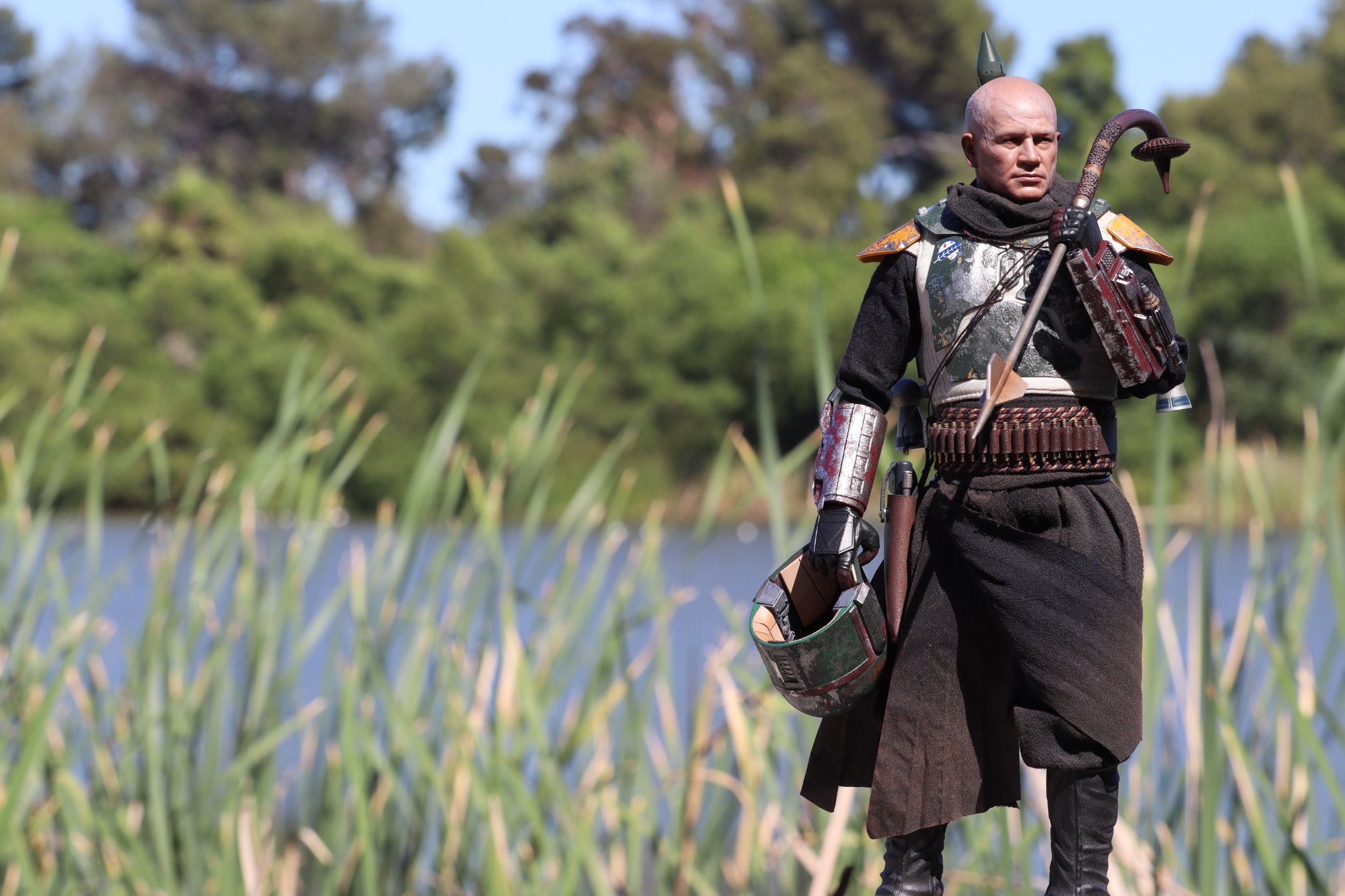
Winding Up
It was so fun jumping so deeply into the frame with Brian. But it’s also an intensive study into the heart and care needed to combine imagination and the intricate details all together.
Outside of the frame, however, there’s a whole other world of sticky details in how to frame your business and brand to market your unique style and gifts to earn customers and sales.
Brian left me with a quote he says he’s always thinking about after hearing it from a pastor, now deceased. He oozes with the idea of fulfilling your value or purpose and then the thought that being able to do it is not anything special, it’s just you being yourself. Truthfully, I kind of love it and it fits with my own longtime business view.
Thanks for checking out Photo Mentor Academy’s blog and thank you Brian Carr, Artist of the Month, May 2022, for sharing your time and this thoughtful quote:
“When the world sees your value, then the world will pay you to be yourself.”

